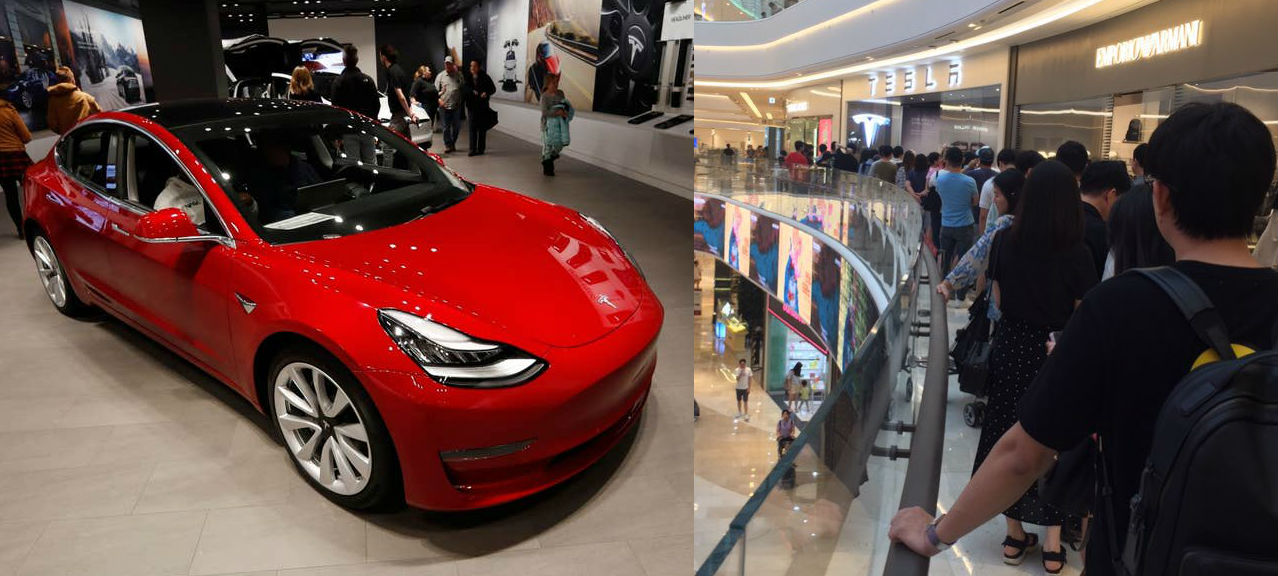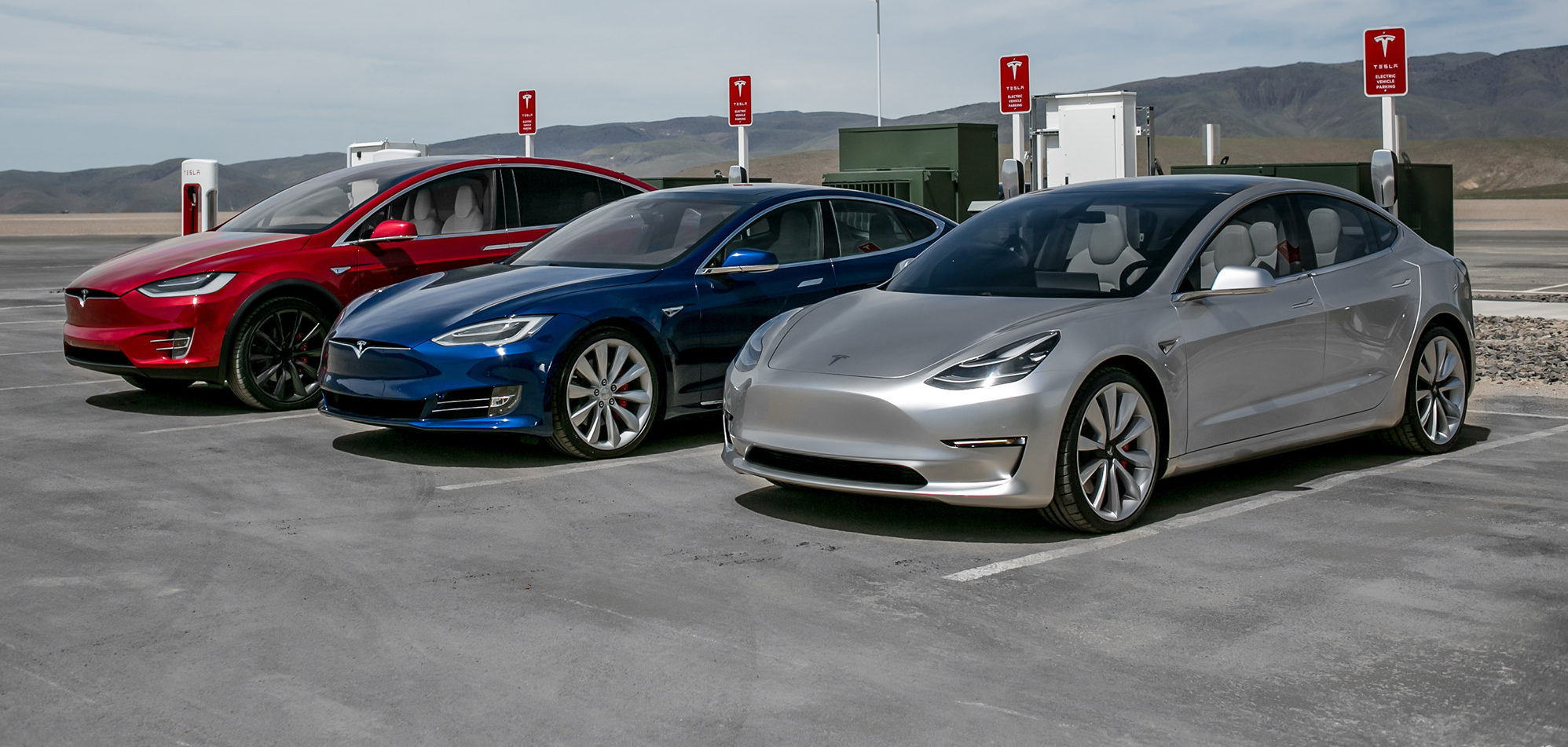Routes chosen by Tesla’s Autopilot are based on the most time and energy-efficient options available. However, that may be changing, as options that would allow owners to choose routes that would be longer, allowing for more time to operate on Autopilot, may be coming soon.
After Yu-kai Chou, a notable pioneer in the industry of gamification thanked Tesla CEO Elon Musk for creating the Model 3 by calling it “the best purchase he’s ever made”, Musk inquired to his followers about any requests that they may have for future updates. Many requests were sent, but one, in particular, caught Musk’s attention.
Agreed
— Elon Musk (@elonmusk) October 7, 2019
“Allow us to choose a route based on more Autopilot, not just shortest travel time. Because Autopilot is the greatest thing ever. Period. And I’ll spend an extra 15 minutes on my commute if it means more Autopilot,” a Tesla owner said. Musk’s response suggests that he has agreed to the Tesla owner’s suggestion.
Usually, cars with GPS systems suggest routes based on the shortest period of travel or on the shortest distance between the two destinations. However, Tesla owners seem to not care about spending a few extra moments in their car, as long as Autopilot is doing the driving for them.
Tesla’s Autopilot feature has come a long way since its unveiling in October 2014. Most recently, it has been able to recognize makeshift lanes on the highway and perform flawlessly in rush-hour traffic. Autopilot has made driving safer and easier for those who have the option available on their vehicles.
This is not the first time that Musk has entertained ideas from owners and suggested that they would be a great addition to Tesla software. In fact, the V10 software update’s “Joe Mode” was a suggestion from a follower on Twitter. He expressed his need for softer chimes in order to make the car rides with his kids a little bit more peaceful, and Musk listened. Joe Mode is available for anyone running the V10 software and has alleviated the risk of waking their children.

<!–
–>




